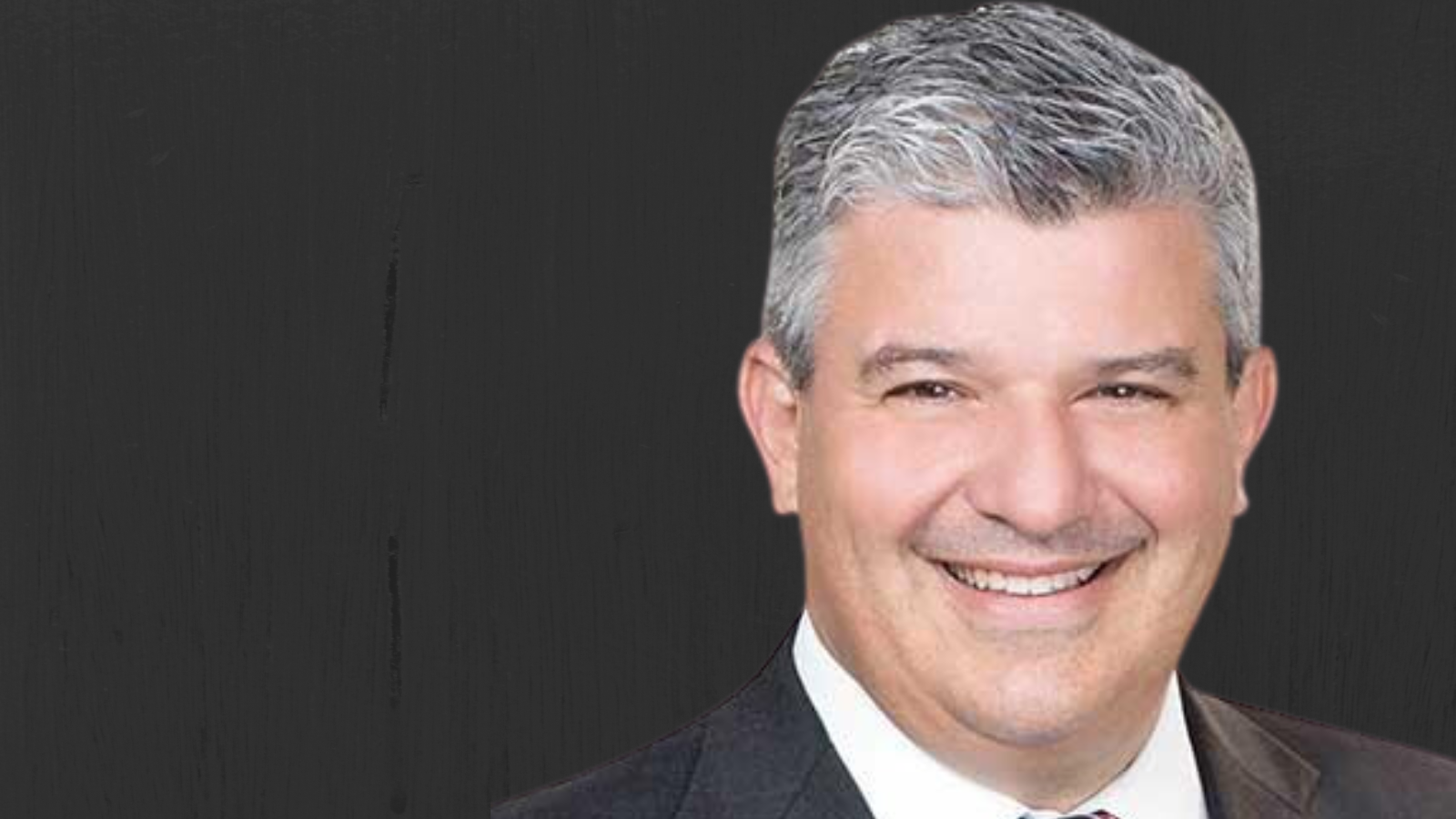No income, but (nearly) everything else: The case for gold in a retirement strategy
Most portfolios can benefit from an allocation to gold, which provides long-term returns and reduced portfolio volatility in challenging market environments. But the Western world is still awakening to the full potential of gold investments, according to a leading strategist, with those saving for retirement in particular missing out by not considering the precious metal.
The US$14 trillion gold market is unique thanks to gold’s dual nature as both an investment asset and a consumer good, World Gold Council market strategist Joe Cavatoni, in Sydney for the International Mining and Resources Conference, explained to The Inside Investor. That differentiates its performance behaviour from other asset classes, even other defensive assets, providing crucial diversification, he said.
Despite these clear benefits, gold has not, in general, attracted the attention of individual investors, particular those saving for retirement, with self-managed superannuation funds (SMFs) in Australia having very low exposure to gold. They’re likely missing large parts of the market, Cavatoni said. And with volatility and uncertainty appearing likely to stick around, bonds and gold are both set to become a bigger part of the investment equation.
Looking at the demand drivers of gold, for instance, shows its unique tailwinds and suitability as a safe-haven asset.
While many think of gold investment as bars and coins in vaults – or exchange-traded funds providing access to those assets – demand for physical gold, especially in jewellery, has been a growing part of the dynamic, particularly in China and India, which now account for more than half of gold demand for jewellery. Western markets are only beginning to explore the full physical potential of gold.
Also supporting the outlook for gold prices is the role of central banks, which have been increasing gold reserves in the face of geopolitical uncertainty, Cavatoni said. There’s also growing demand from jewellers and tech companies.
In addition, expectations that interest rates will fall soon, weakening the US dollar and making gold more attractive in other currencies, are a significant tailwind, with the strong greenback explaining why the gold price has suffered recently despite rising inflation.
And while many retirement savers, especially those with less investment experience, shun gold because it doesn’t produce income, Cavatoni stressed the importance of gold’s lack of correlation with other assets, which reduces portfolio risk, while shielding SMSFs from counterparty, default market risks inherent to debt.
Moreover, gold has outpaced Australian inflation for the past 20 years, has been less volatile than Australian real estate investment trusts and on par with the ASX 200 for the past 10.
“We want to encourage people in the retirement space in particular to think about the long-term economic trends that drive consumption, and then the long-term economic benefits to having that diversification in your portfolio,” Cavatoni said.
The long-term average return of gold is about 8 per cent since 1970, he added, with returns in line with equities this year.
“Retirement is a long-term vision,” so it’s important for people to think about gold in terms of its strategic and tactical characteristics – that is, ignore the short-term noise and focus on the long term.
“Look at your asset allocation, how long you’re going to be saving and your glide path to retirement, and then think about what an appropriate allocation to gold would be,” Cavatoni said. That could range anywhere between 2.5 and 10 per cent.
“Gold is a commodity, but it’s more of a macro asset, because it’s a form of savings. I think it’s growing in popularity around the world and as markets in the West begin to realise it does play a role as a financial asset.”










